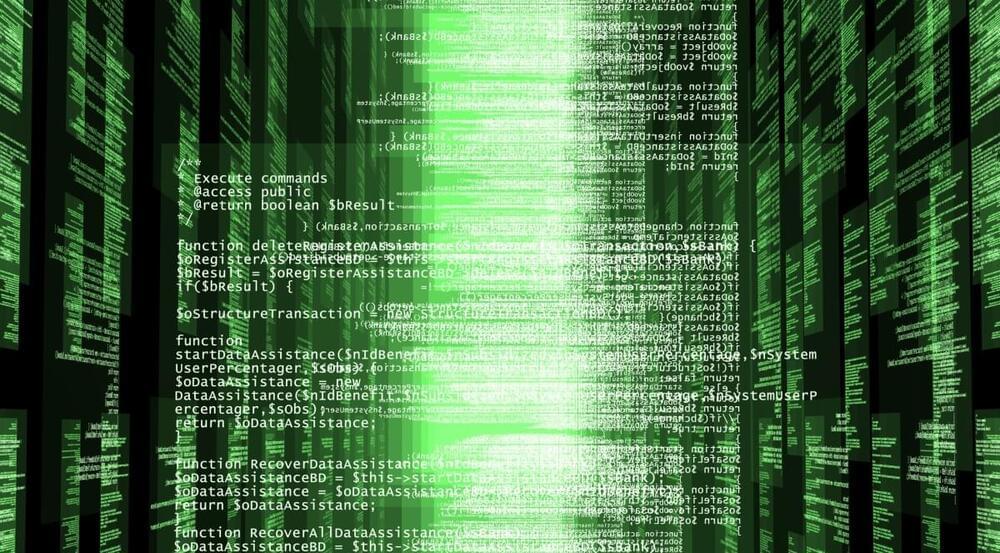Circa 2020
By utilizing a process that Einstein famously called “spooky,” scientists have successfully caught “ghosts” on film for the first time using quantum cameras.
The “ghosts” captured on camera weren’t the kind you might first think; scientists didn’t discover the wandering lost souls of our ancestors. Rather, they were able to capture images of objects from photons that never actually encountered the objects pictured. The technology has been dubbed “ghost imaging,” reports National Geographic.
Normal cameras work by capturing light that bounces back from an object. That’s how optics are supposed to work. So how can it be possible to capture an image of an object from light if the light never bounced off the object? The answer in short: quantum entanglement.




